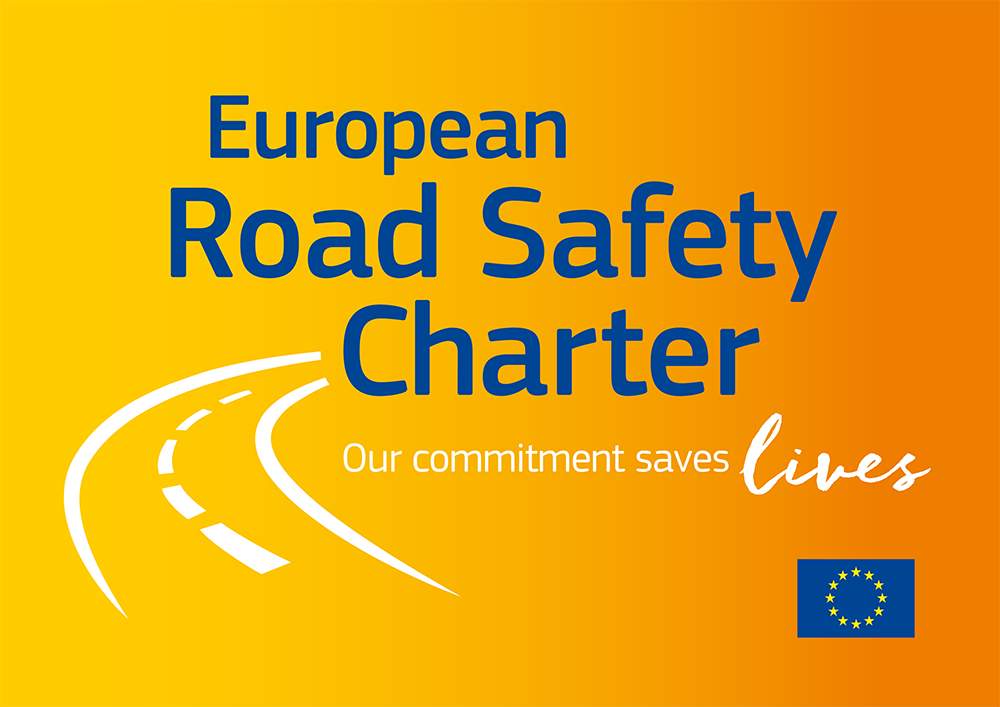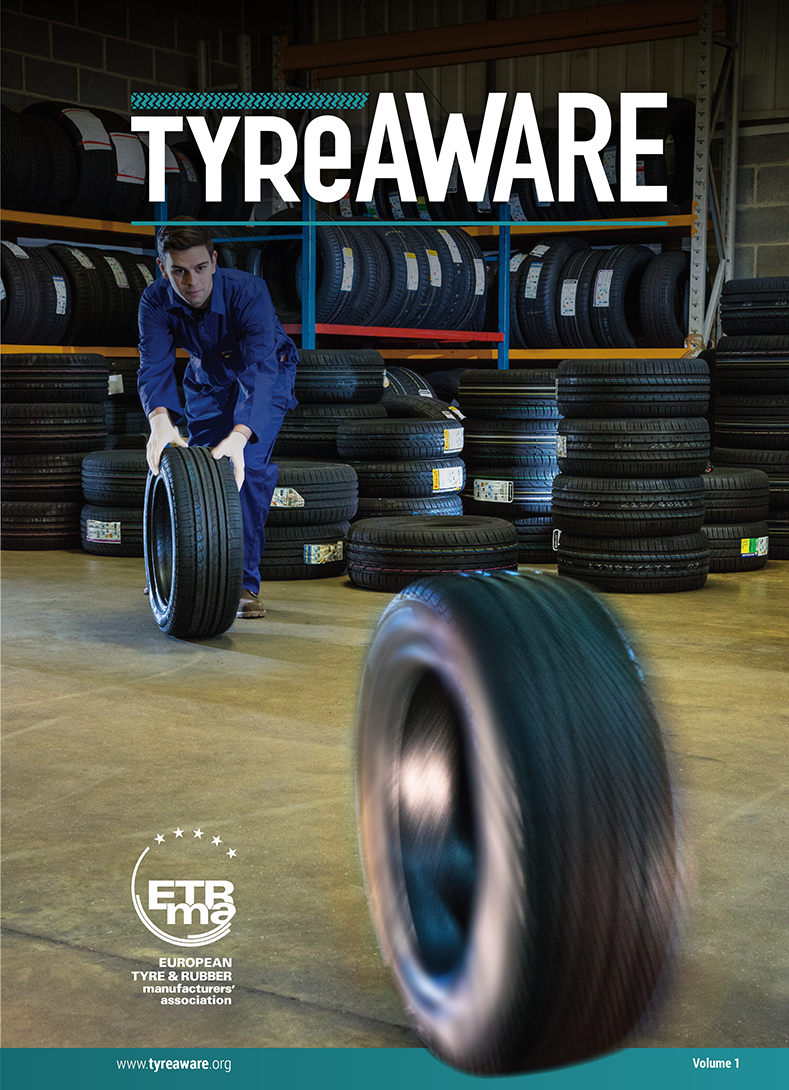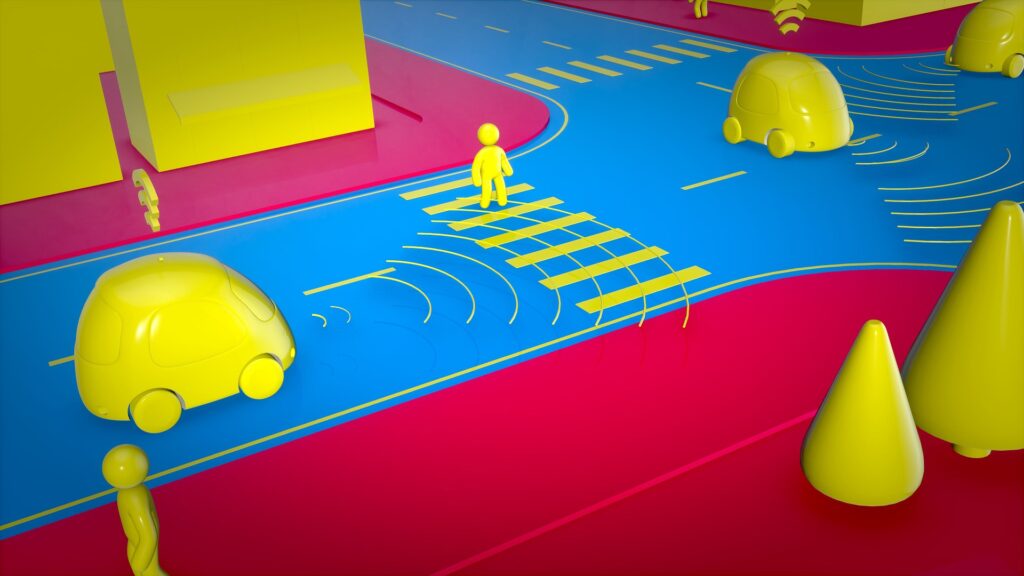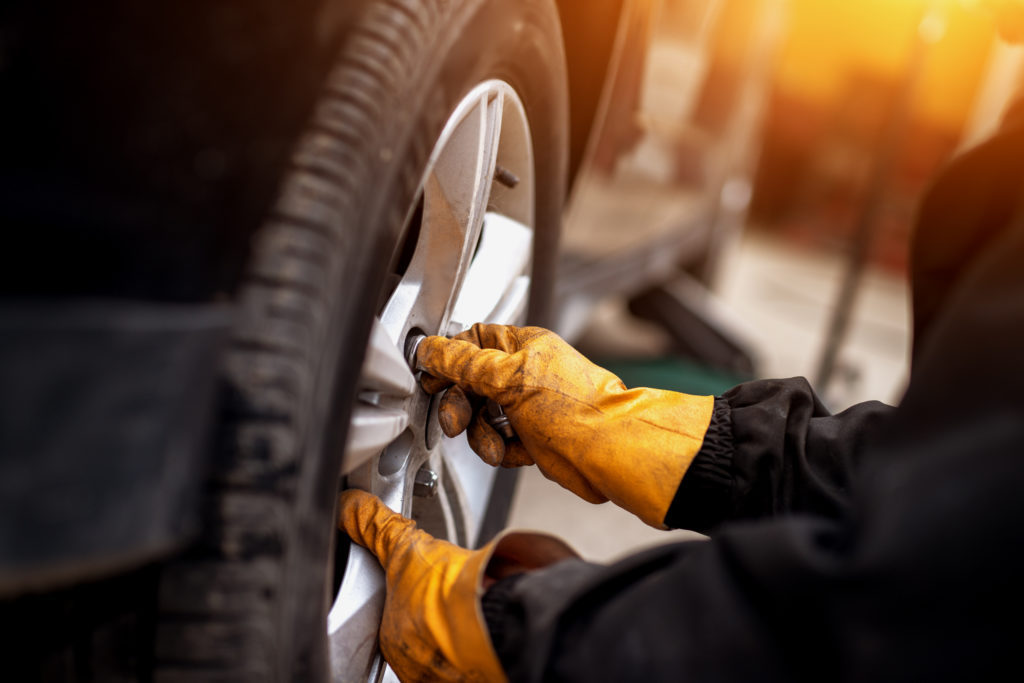Sustainable Mobility
Low emission mobility
Tyres are an important enabler of sustainable mobility: they are the only point of contact between the vehicle and the road and because of their rolling resistance (the force resisting the motion when a tyre rolls on a surface) and account for up to 30% (when they are properly inflated and maintained) of the fuel consumption of vehicles.
Since the 1990s, European tyre manufacturers have developed technologies lowering fuel consumption and CO2 emissions by introducing Low Rolling Resistance Tyres (LRRT). The industry continues to work on new and advanced tyre technologies whilst promoting road safety and other regulatory measures, such as tyre labelling.
Focus on cars and light duty vehicles
The tyre industry plays an active role in CO2 emissions reduction. This needs to go hand in hand with a full deployment of existing solutions whose application would allow to benefit fully from the most advanced tyre technologies.
To do so, it is necessary to empower the consumer. The market uptake for LRRTs still shows ample margins of improvements, on the replacement market. This can be attributed to economic factors (on average the price of LRRTs is higher and there is lack of economic incentives to buy them), poor consumers’ awareness about the benefits of using LRRTs. This tendency and behaviour is also reflected in the poor tyre service life conditions (e.g.: more than 52% of vehicles with underinflated tyres, according to VacanzeSicure).
For these reasons, awareness campaigns on the contribution of tyres to low emission mobility should be carried out, coupled with tyre maintenance education in the driving licence curricula. Finally, public procurement tenders by national and local administrations should include strict tyre performance requirements.
Read our position paper on sustainable mobility for cars and light duty vehicles.
Focus on freight transport
ETRMA also supports the EC initiative to reduce Heavy Duty Vehicle (HDV) CO2 emissions and foresees reducing on average tyre rolling resistance coefficient by 1% per annum. This could lead to a reduction of 8.7 million tons of CO2 emissions resulting from tyres by 2030, if the current volume of road traffic remains steady.
To achieve these ambitious objectives, the industry underlines the need to correctly store and maintain tyres. Under-inflated tyres can increase fuel consumption by up to 4% and reduce the lifespan of the tyre by 45%. Driving with correctly inflated tyres enhances the efficiency of low rolling resistance tyres and reduces CO2 emissions by as much as 5g per kilometre.
Read our position paper on low emission mobility in freight transport.

Vehicle evaporative emissions
Vehicle evaporative emissions standards and regulatory methodologies are historically aiming at reducing vehicle evaporative emissions of the fuel system along with the entire life span of the vehicle, including during the refuelling operations (only scope of regulations on evaporative emissions).
Nonetheless, evaporative emissions may also be emitted by non‐fuel components of the vehicle such as tyres and/or plastics or other rubber parts. Tyre emissions have been always accounting for a negligible part with respect to a threshold set for a SHED (Sealed Housing for Evaporative Determination) of a whole vehicle. With the continuous tightening over time of fuel system evaporative emission thresholds, those emissions not pertinent to the fuel system and outside the regulatory scope, have the potential to influence the measurements, if the stabilization procedures are not evolving over time as well. To this end, the Tyre industry has worked to update and reaffirm its position since 2007, on a method for stabilizing evaporative emissions of new light duty vehicle tyres. Read more.
Road Safety
Tyres, the sole point of contact with the road, play a crucial role in enhancing the safety of road users and of motor vehicles. A tyre has multiple functions and must achieve a balance within a series of exacting parameters. These include supporting the load, resisting and hanging, supporting high and low speeds and perfect adhesion without generating too much rolling resistance. All this is achieved regardless of whether the ground is dry, wet, clean, irregular or deformed. Tyres, therefore, are a crucial factor behind the ability of the driver to maintain control of his/her vehicle in all conditions.
The tyre is a fundamental part of mobility and of vehicle road safety. To improve road safety, a holistic approach needs to be promoted involving these 3 fundamental action areas, which are:
- vehicle technology
- driver behaviour
- road infrastructure
In 2018, European roads still saw 49 deaths per million inhabitants and, according to the European Transport Safety Council, the reduction of such deaths has been stagnating since 2013.
The key to further improvements in road safety lies in increasing the awareness of drivers as well as in the introduction of new technologies for accident avoidance.
Our commitment to road safety
In line with the tyre industry’s continuous proactive engagement and innovations towards enhancing the security of road users and vehicles, ETRMA became signatory to the European Road Safety Charter on the occasion of the Europe 1st Road Safety Day, on 27 April 2007.
Since then, based on the materials provided by tyre safety organisations Pneumatici sotto controllo (Italy) and TyreSafe (UK), and now also through TyreAware, a large number of participants either from public authorities, companies, road safety associations, or driving schools were alerted on the importance of having a correct tyre pressure. The need to regularly checking tyre tread depth and that of equipping one’s vehicle with winter tyres in real winter season conditions.
Increasing awareness on tyre safety: from storage to maintenance
Because of the importance of tyres in ensuring road safety, tyre manufacturers’ associations across Europe launched the TyreAWARE campaign. This project aims to raise awareness of best practices and procedures on tyre maintenance, storage and service life for dealers, authorities and consumers.
The materials of the campaign have been consolidated and translated into 14 European languages (Čeština, Dansk, Nederlands,English, Suomi,Français, Deutsch, Ελληνικά, Magyar, Polski, Română, Español, Svenska, Türkçe) and are available to download for free on an interactive microsite. The comprehensive materials regard facts and advice on tyre storage, purchase, maintenance and service life and include information on tyre pressure and winter tyres. There is also a selection of videos explaining the correct time to replace tyres, the importance of monitoring correct inflation and when to fit winter tyres.
Visitors to the microsite can test their knowledge on how to best care for their tyres by taking part in the TyreAWARE quiz, which is currently available in English.
By following the information and the recommendations provided in this campaign, tyres will be safer, last longer, consume less fuel, emit less CO2 and be quieter. Download the brochures
All of these materials have been translated into the following languages and are available to download.
Čeština, Dansk, Nederlands, English, Suomi, Français, Deutsch, Ελληνικά, Magyar, Polski, Română, Español, Svenska, Türkçe.
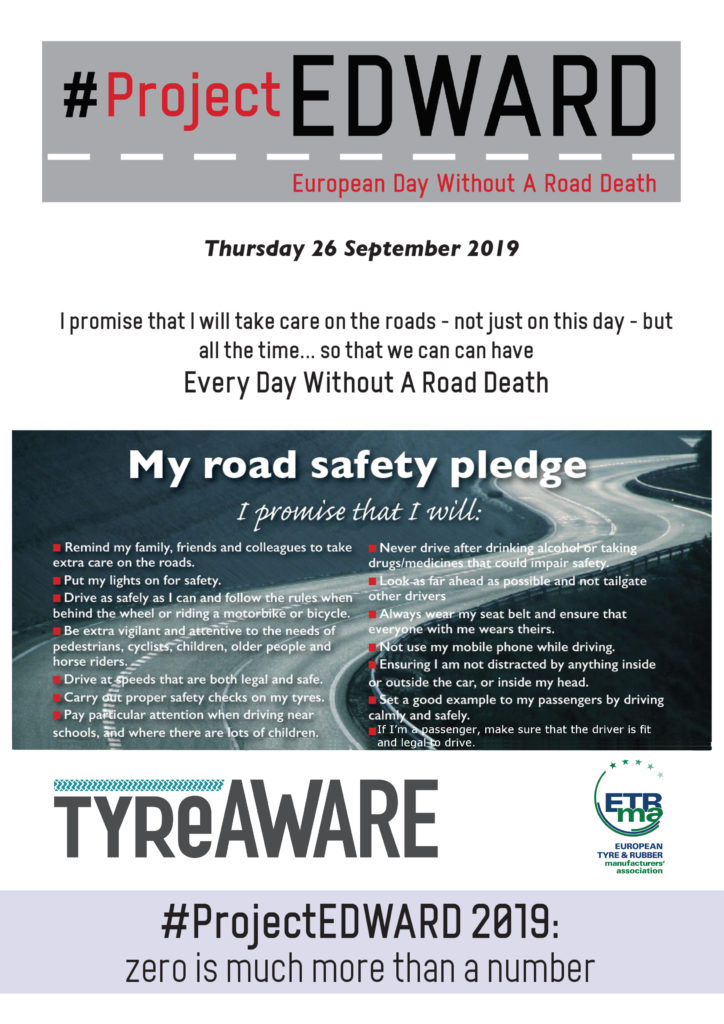
EDWARD – A European Day Without A Road Death
Every year, the week of the 20th of September, TISPOL organises the European Day Without A Road Death.
That’s the aim of Project EDWARD each year. Launched in 2016, the project is supported by drivers across the continent, plus very generous public and private sector partners.
ETRMA first signed the pledge in 2016 and renewed it also in 2019. The pledge also includes the importance of performing safety checks on tyres. ETRMA strongly supports this initiative, as purchasing the right tyres is the first step towards improving overall road safety. A great responsibility lies in the hands of the consumers as it is then their duty to ensure that tyres are well maintained.

